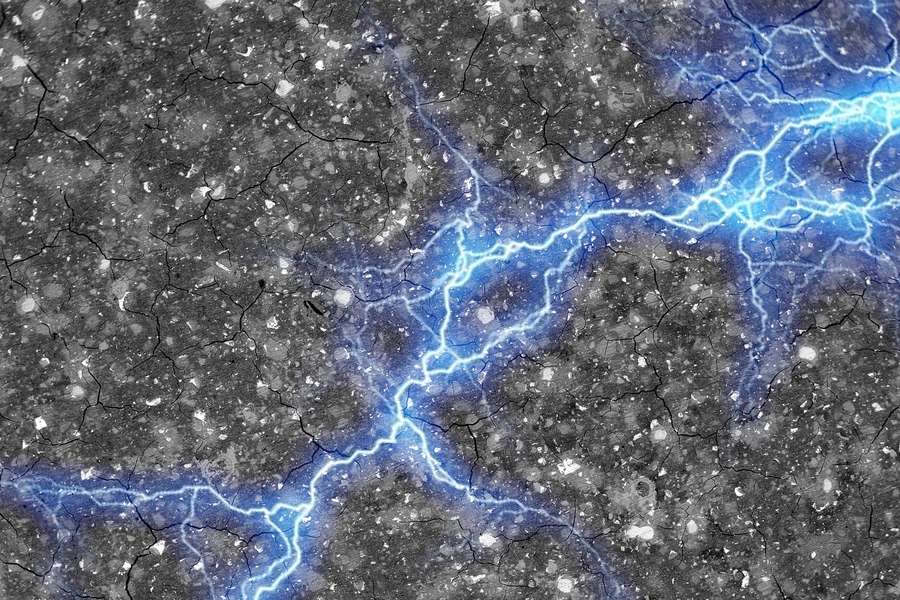Researchers at the Massachusetts Institute of Technology (MIT) have created a groundbreaking supercapacitor using seemingly unusual materials: cement, carbon black, and water. This innovative development holds promise for various applications, including charging electric cars and enhancing the stability of buildings’ foundations.
The supercapacitor’s versatility extends beyond conventional use, as it can be integrated into the structural foundations of buildings, providing both stability and the ability to “store a day’s worth of energy,” as highlighted by MIT. If implemented into roadways, the supercapacitor could even facilitate wireless charging for electric vehicles.
Here’s how the supercapacitor operates: MIT researchers combined cement and water and added a small amount of carbon black, which acts as fine charcoal. The water interacts with the cement, while the carbon particles repel water. This leads to the formation of interconnected carbon tendrils within the hardened cement, resembling a network of wires. Carbon black’s high conductivity contributes to the creation of a fractal-like structure, providing an extensive surface area in a compact volume.
MIT professor Admir Masic describes the material as intriguing, combining cement, the world’s most widely used manmade material, with carbon black, a historically significant substance (even used for the Dead Sea Scrolls). When combined appropriately, they form a conductive nanocomposite, unlocking its full potential.
The research team at MIT reveals that their supercapacitor can store approximately ten kilowatt-hours of energy within a size of 45 cubic meters – equivalent to a cube with an edge length of about 3.5 meters. This energy storage capacity aligns with the average daily electricity consumption of a household.
Remarkably, the supercapacitor’s capabilities do not end there. Professor Franz-Josef Ulm points out that the same concrete mix can serve as a heating system by employing carbonaceous concrete under electricity. This multifunctional attribute further enhances the material’s appeal.
The MIT researchers’ work demonstrates the potential of combining ancient materials in innovative ways, offering environmentally friendly solutions and opening new possibilities for energy storage and utilization in various sectors.
